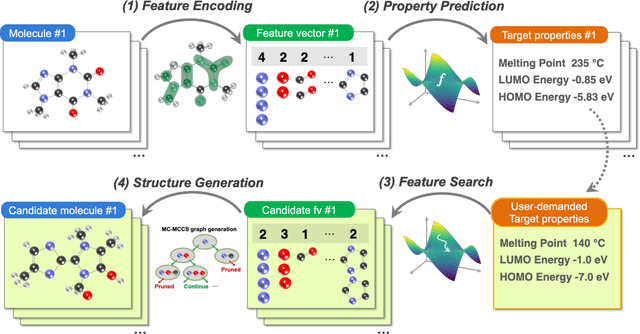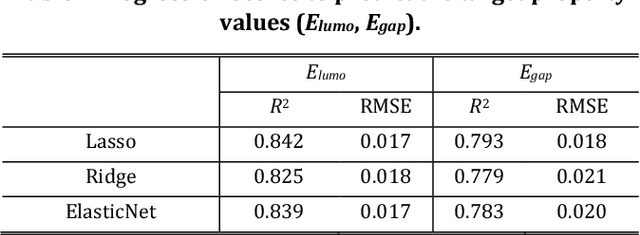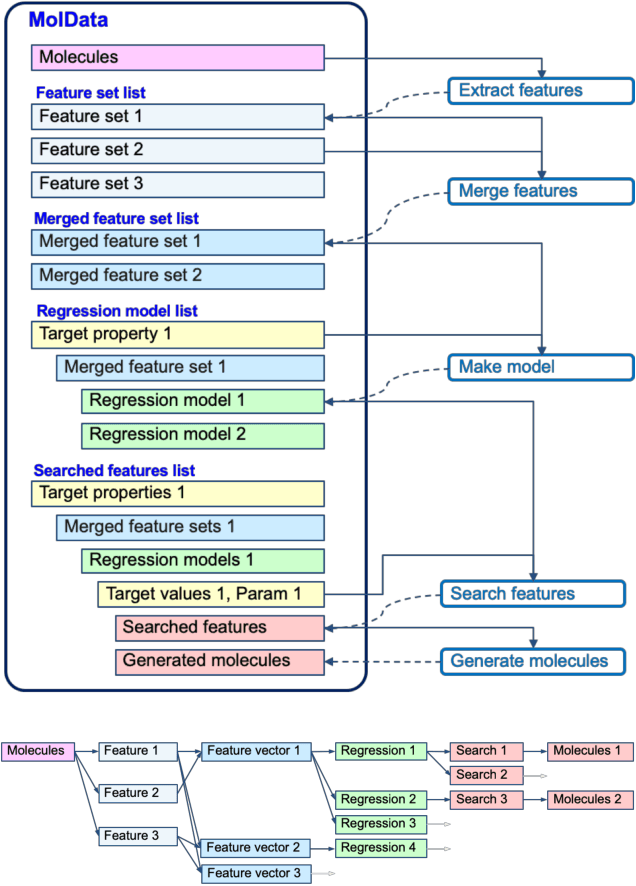Yuta Tsuchiya
GFlowNet Fine-tuning for Diverse Correct Solutions in Mathematical Reasoning Tasks
Oct 26, 2024


Abstract:Mathematical reasoning problems are among the most challenging, as they typically require an understanding of fundamental laws to solve. The laws are universal, but the derivation of the final answer changes depending on how a problem is approached. When training large language models (LLMs), learning the capability of generating such multiple solutions is essential to accelerate their use in mathematical education. To this end, we train LLMs using generative flow network (GFlowNet). Different from reward-maximizing reinforcement learning (RL), GFlowNet fine-tuning seeks to find diverse solutions by training the LLM whose distribution is proportional to a reward function. In numerical experiments, we evaluate GFlowNet fine-tuning and reward-maximizing RL in terms of accuracy and diversity. The results show that GFlowNet fine-tuning derives correct final answers from diverse intermediate reasoning steps, indicating the improvement of the capability of alternative solution generation.
Molecular Inverse-Design Platform for Material Industries
Apr 27, 2020



Abstract:The discovery of new materials has been the essential force which brings a discontinuous improvement to industrial products' performance. However, the extra-vast combinatorial design space of material structures exceeds human experts' capability to explore all, thereby hampering material development. In this paper, we present a material industry-oriented web platform of an AI-driven molecular inverse-design system, which automatically designs brand new molecular structures rapidly and diversely. Different from existing inverse-design solutions, in this system, the combination of substructure-based feature encoding and molecular graph generation algorithms allows a user to gain high-speed, interpretable, and customizable design process. Also, a hierarchical data structure and user-oriented UI provide a flexible and intuitive workflow. The system is deployed on IBM's and our client's cloud servers and has been used by 5 partner companies. To illustrate actual industrial use cases, we exhibit inverse-design of sugar and dye molecules, that were carried out by experimental chemists in those client companies. Compared to general human chemist's standard performance, the molecular design speed was accelerated more than 10 times, and greatly increased variety was observed in the inverse-designed molecules without loss of chemical realism.
 Add to Chrome
Add to Chrome Add to Firefox
Add to Firefox Add to Edge
Add to Edge